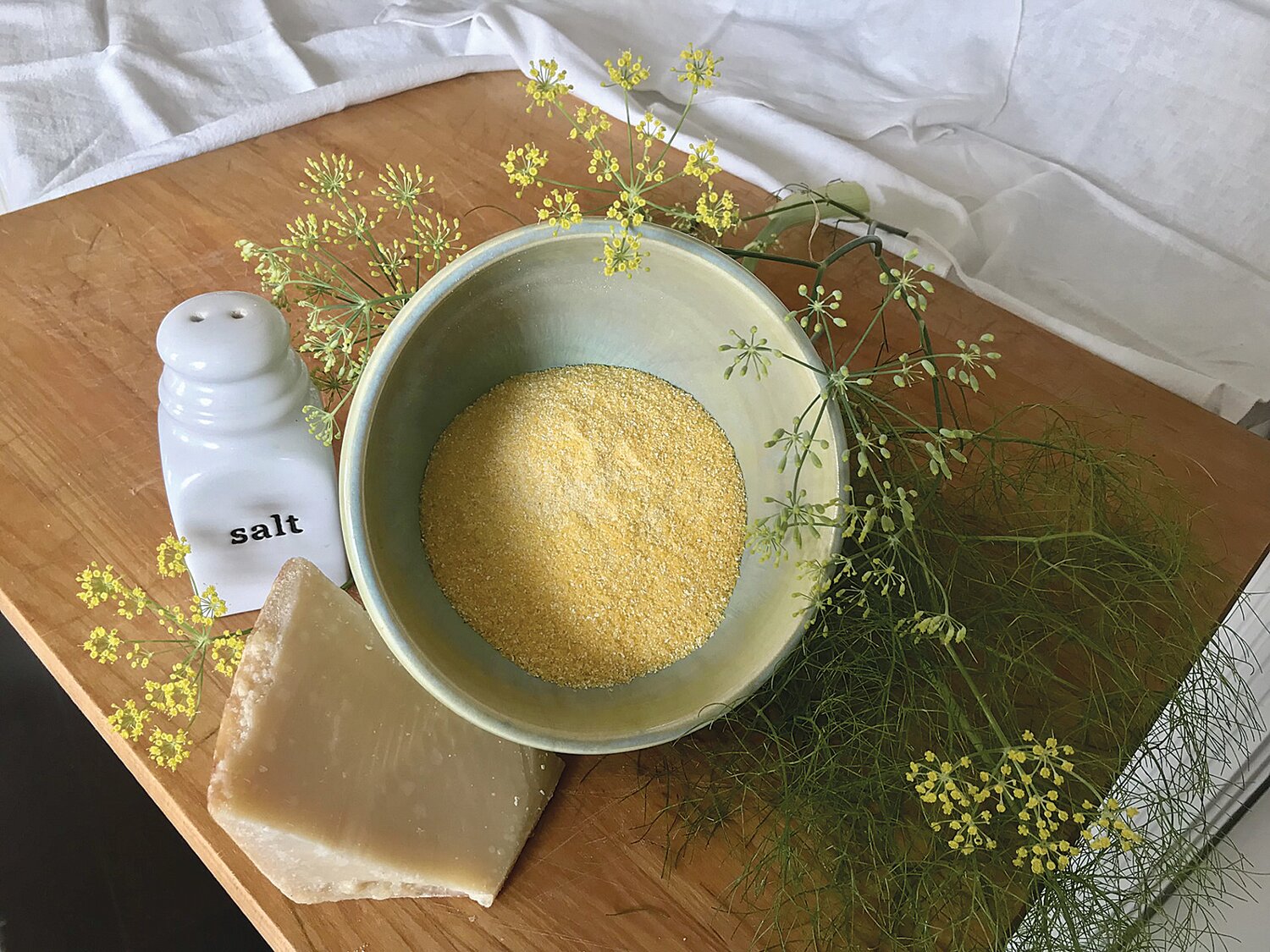La cocina povera / The poor kitchen
Note: This is the first feature in a series of cultural meals aimed to highlight history, nutrition and simplicity.
Polenta – derived from the Roman word pulmentum , used to describe …
This item is available in full to subscribers.
Please log in to continue |
Register to post eventsIf you'd like to post an event to our calendar, you can create a free account by clicking here. Note that free accounts do not have access to our subscriber-only content. |
Day pass subscribers
Are you a day pass subscriber who needs to log in? Click here to continue.
La cocina povera / The poor kitchen
Note: This is the first feature in a series of cultural meals aimed to highlight history, nutrition and simplicity.
Polenta – derived from the Roman word pulmentum, used to describe coarse gruel or millet or cereal. The Romans have eaten it since the days of Pliny the Elder.
Today polenta is served from mostly yellow or white ground corn. Evidence has been found dating the cultivation of corn more than 6,500 years ago in Peru, although it didn’t reach the European continent until Columbus brought back seeds after 1492. Polenta was known as the “meat of the poor.” In fact, this meal was prepared during difficult times, as it was cheaper than wheat.
It can be served in a multitude of ways and simply begins with water. It can be served cool or warm. It can be sliced, toasted, baked, fried, sautéed or grilled, and it makes a surprising substitute for mashed potatoes.
I like it best as porridge — the way my Nonna made it in her kitchen.
She served me polenta since the days I was weaned, to the days spent home from school with the common cold. She would serve it in a cereal bowl with milk and honey or sometimes with a spoonful of creamy butter.
Springtime was best, when the wild fennel puts forth its shoots, letting us know that warm weather is near. My Nonna and I would go into the garden and pick the tender sprigs scattered along the backyard fence. Our hands were coated in the sweet licorice scent as we filled our shirts that served as our baskets.
Back in the kitchen we would snip the feathery plumes away from the newborn shoots, adding the tender stems to a pot of salted water. Once the water began to boil we slowly added polenta. I was in charge of constant stirring, making sure there were no lumps, until it turned to a smooth silky consistency. When ready, she would take the pot off the heat and slowly add our favorite grated cheese. It was served into little bowls with a drizzle of olive oil or pats of butter, salt and pepper. This hearty anise flavored comfort food takes me back to her kitchen.
It is this meal that reminds me that my Nonna’s kitchen was not the poor kitchen. My grandmother’s meals were born out of a labor of love and creativity.
Today I like to prepare this dish for my family or close friends as a first course. I always reserve a portion to be cooled on a baking sheet or wooden board. Later, cut into bite size pieces, grill or pan fry for another time.
I prefer the finely ground polenta or corn meal sold in bulk during the autumn season. This is when it’s the freshest. During the other seasons, or when I can only find the pre-packaged types, I will pick the coarser grades. Their cooking times vary slightly.
If well wrapped, polenta will keep for three to four days in the refrigerator.
Try preparing it in summer with zucchini or mushrooms, and consider it as a stand in for cakes and pizza crust.
Patricia Bailey is a horticulturist who retired the spade and picked up the pen. She shares her love of gardening, food and storytelling.






